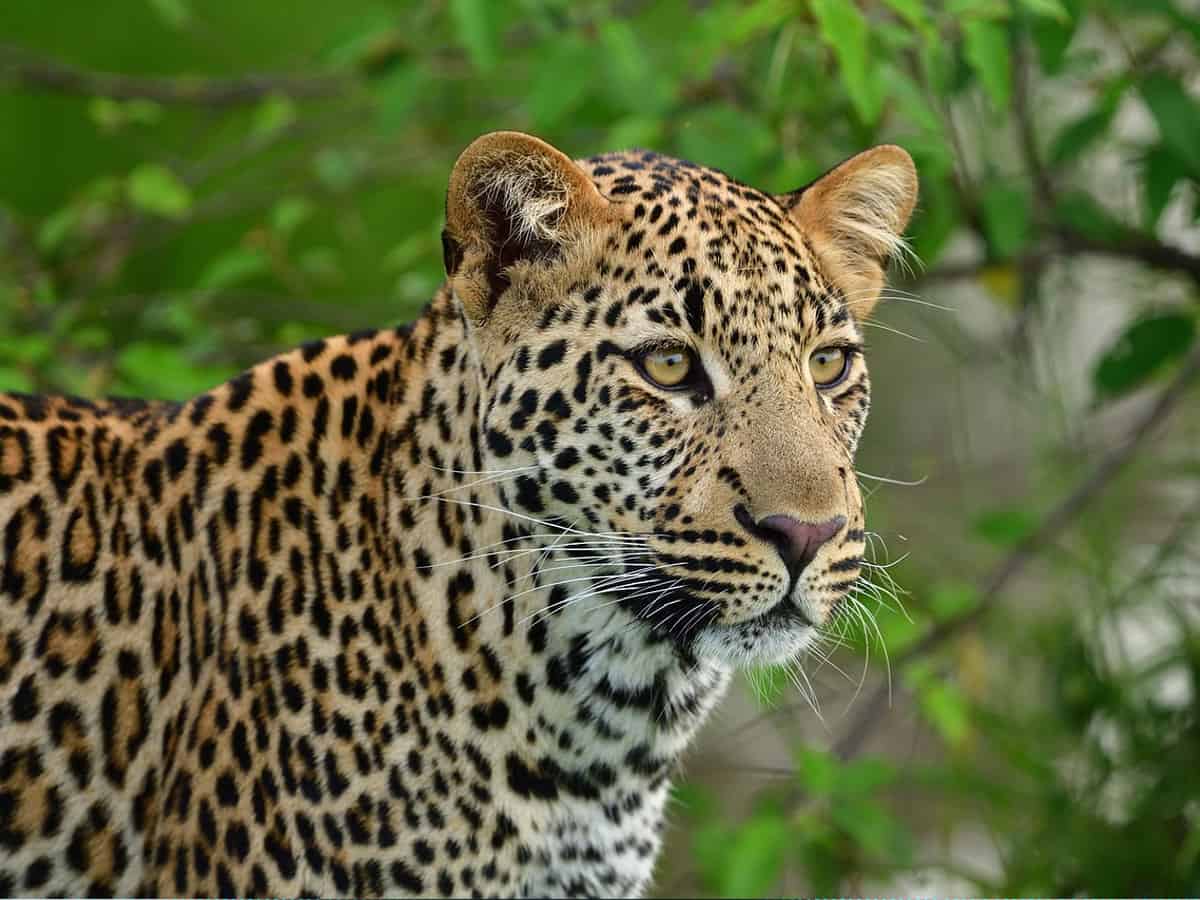
New Delhi: India’s estimated leopard population rose from 12,852 in 2018 to 13,874 in 2022, but the number of rosetted felines declined slightly in the Shivalik hills and the Indo-Gangetic Plains, the Union Environment Ministry said on Thursday.
The “Status of Leopards in India” report, launched by Union Environment Minister Bhupender Yadav, said Madhya Pradesh has the maximum number of leopards in the country at 3,907 (up from 3,421 in 2018).
The number of felines grew from 1,690 in 2018 to 1,985 in 2022 in Maharashtra, from 1,783 to 1,879 in Karnataka, and from 868 to 1,070 in Tamil Nadu.
“Central India shows a stable or slightly growing leopard population (8,820 in 2022 against 8,071 in 2018), the Shivalik hills and the Indo-Gangetic Plains experienced a decline (from 1,253 in 2018 to 1,109 in 2022),” the ministry said in a statement.
“If we look at the area which was sampled both in 2018 and 2022 across India, there is a 1.08 per cent per annum growth. In the Shivalik hills and the Gangetic plains, there is a 3.4 per cent decline per annum, while the largest growth rate was in central India and the Eastern Ghats of 1.5 per cent,” it said.
Tiger reserves or sites with the highest leopard population are Nagarjunasagar Srisailam (Andhra Pradesh), Panna (Madhya Pradesh) and Satpura (Madhya Pradesh).
The fifth cycle of leopard population estimation (2022) in India focused on forested habitats within 18 tiger states, covering four major tiger conservation landscapes. Non-forested habitats, arid areas and the high Himalayas above 2,000 mean sea level (around 30 per cent of the area) were not sampled for this exercise, the ministry said.
This included a foot survey spanning 6,41,449 km to estimate carnivore signs and prey abundance. Camera traps were strategically placed at 32,803 locations, resulting in 85,488 photo-captures of leopards.
The findings underscore the critical role of protected areas in conserving leopard populations. While tiger reserves serve as important strongholds, addressing conservation gaps outside protected areas is equally vital, the ministry said.
Rising incidents of conflict pose challenges for both leopards and communities. Since leopard survival outside protected areas is equally important, collaborative efforts involving government agencies, conservation organisations, and local communities are essential to enhance habitat protection and mitigate human-wildlife conflict, it said.
Yadav said the report emphasises conservation commitment beyond protected areas.
“Under Prime Minister Narendra Modi’s guidance, this conservation journey embodies the ethos of one earth, one family, and one future,” he said.



